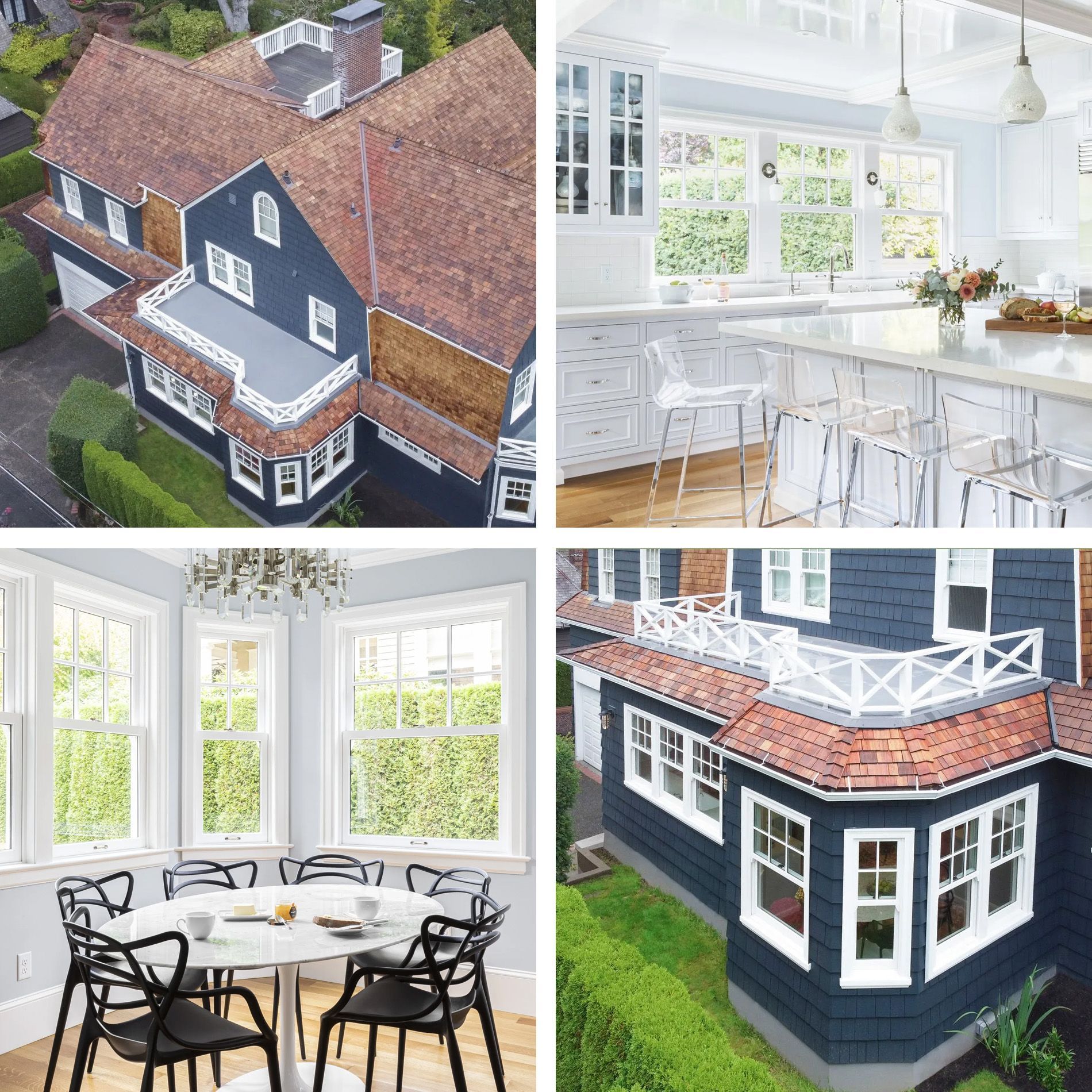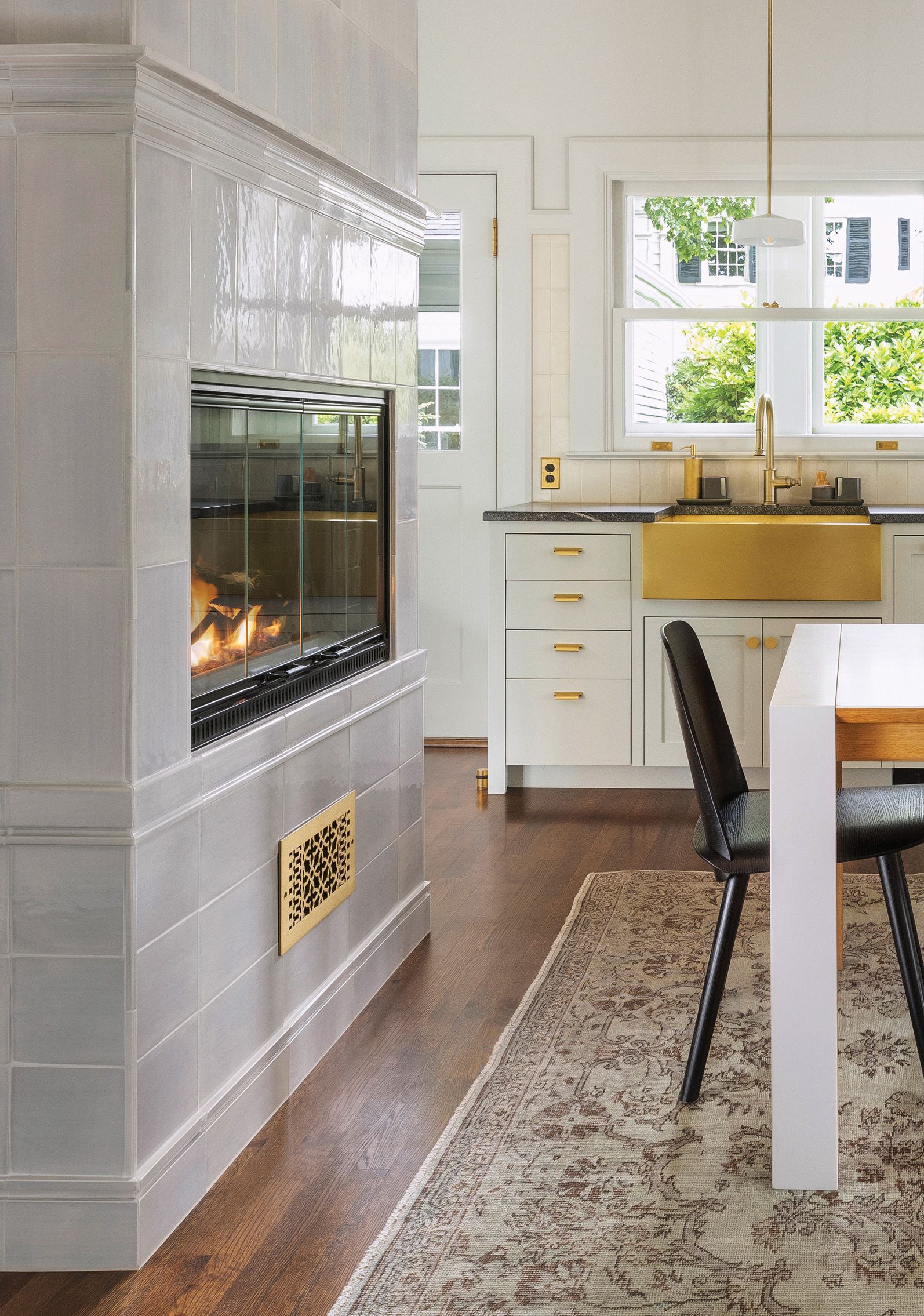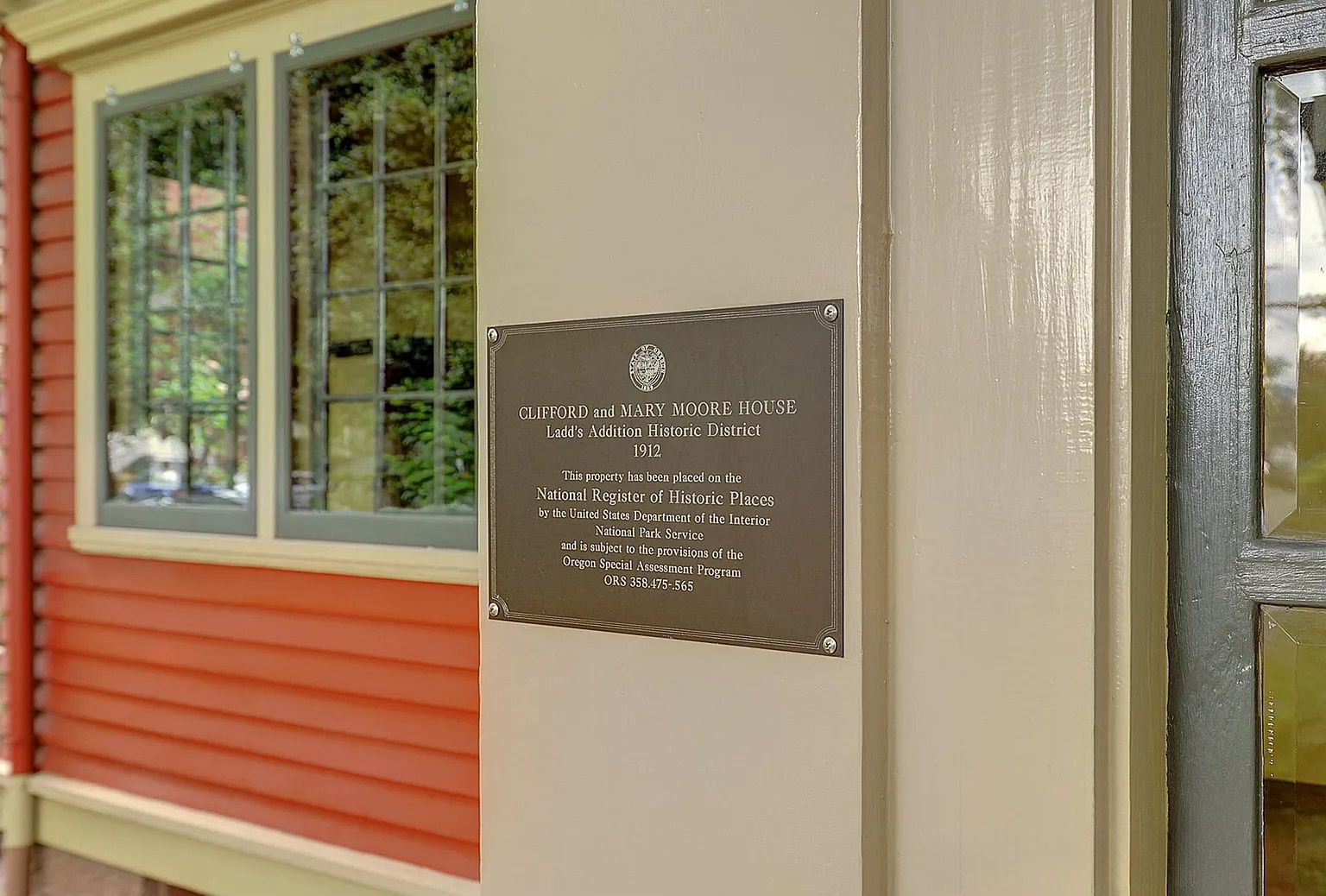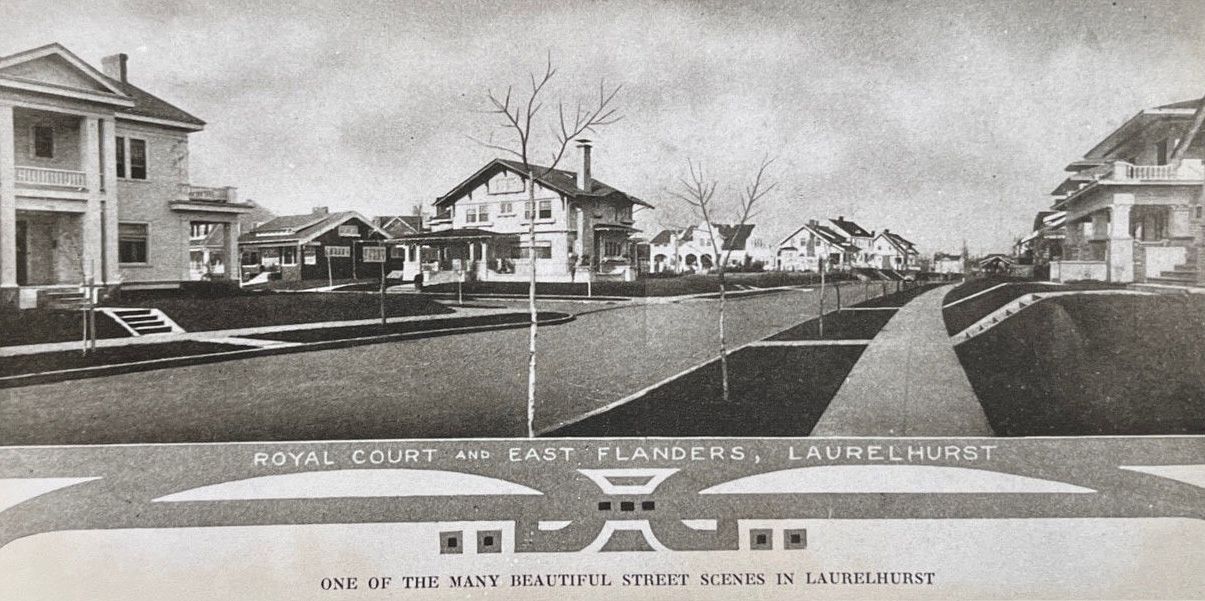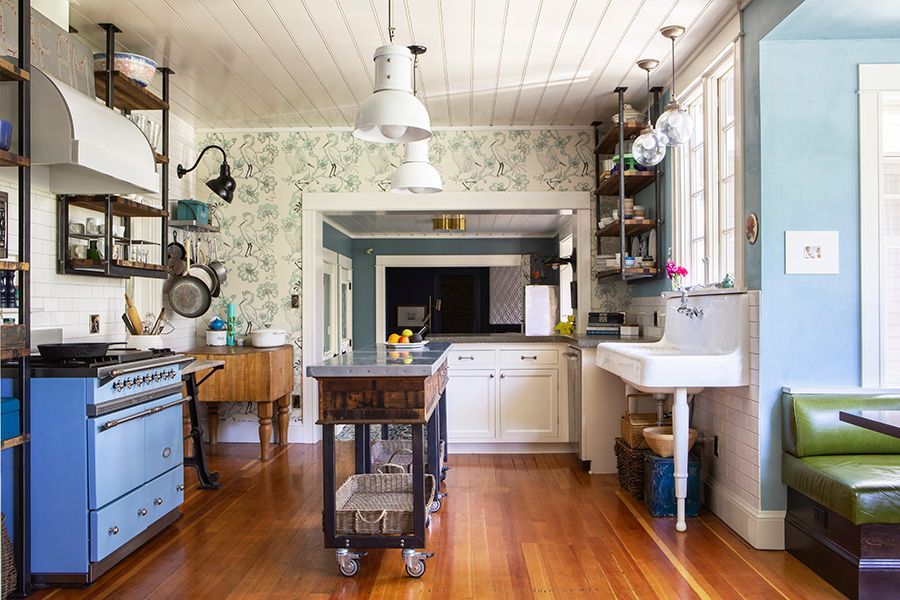Over the past 20 years or more, sustainable design and construction has made tremendous strides in the United States and around the world.
Because buildings account for more than half of our energy usage, it only makes sense that we as a society would begin to design with efficiency in mind. Today’s investments in robust insulation, double-pane windows and hybrid hot-water heaters, for example, will bring tomorrow’s utility-bill savings. No wonder more and more buyers are looking at not just the price of a for-sale home but what its environmental footprint and running costs will be over time.
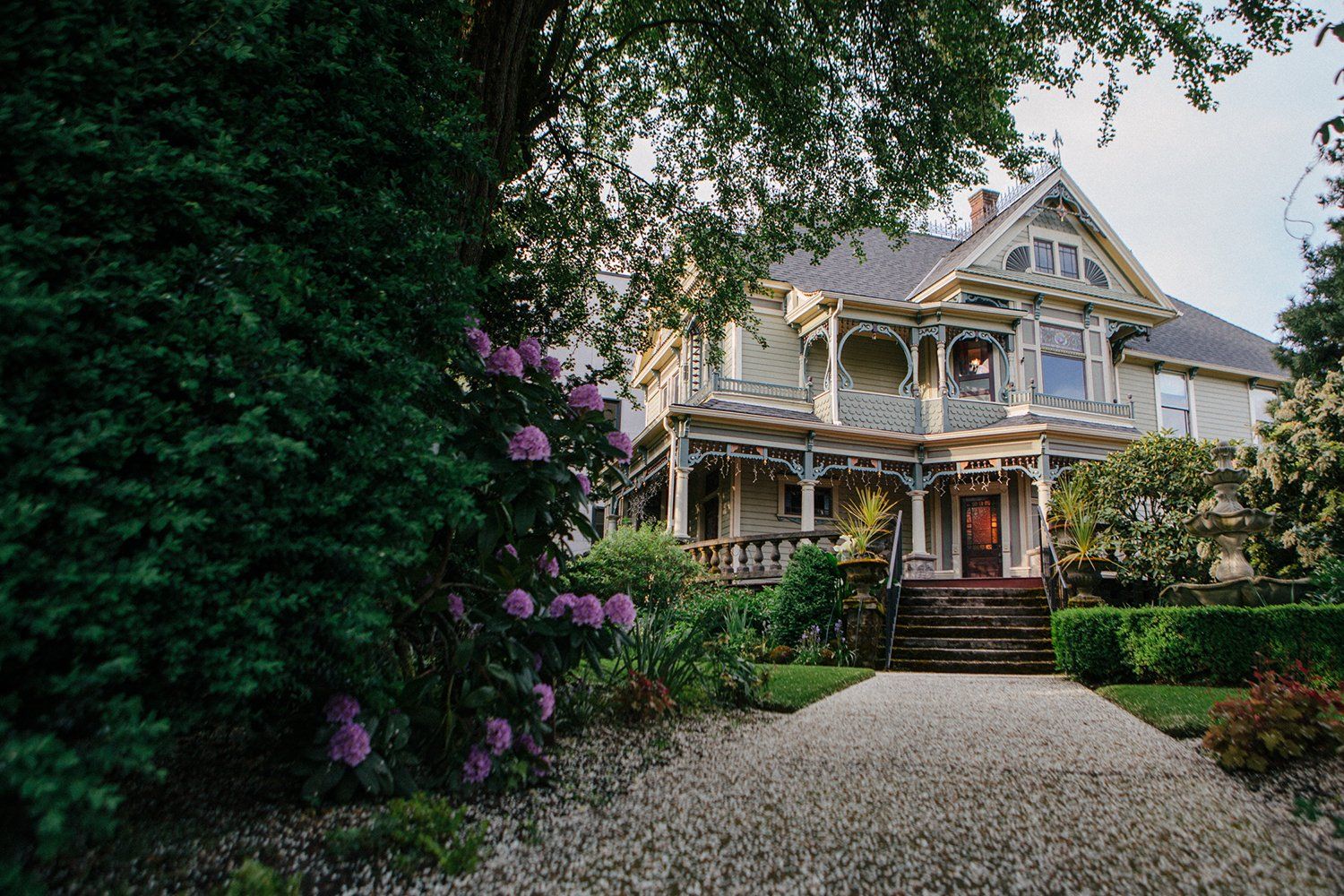
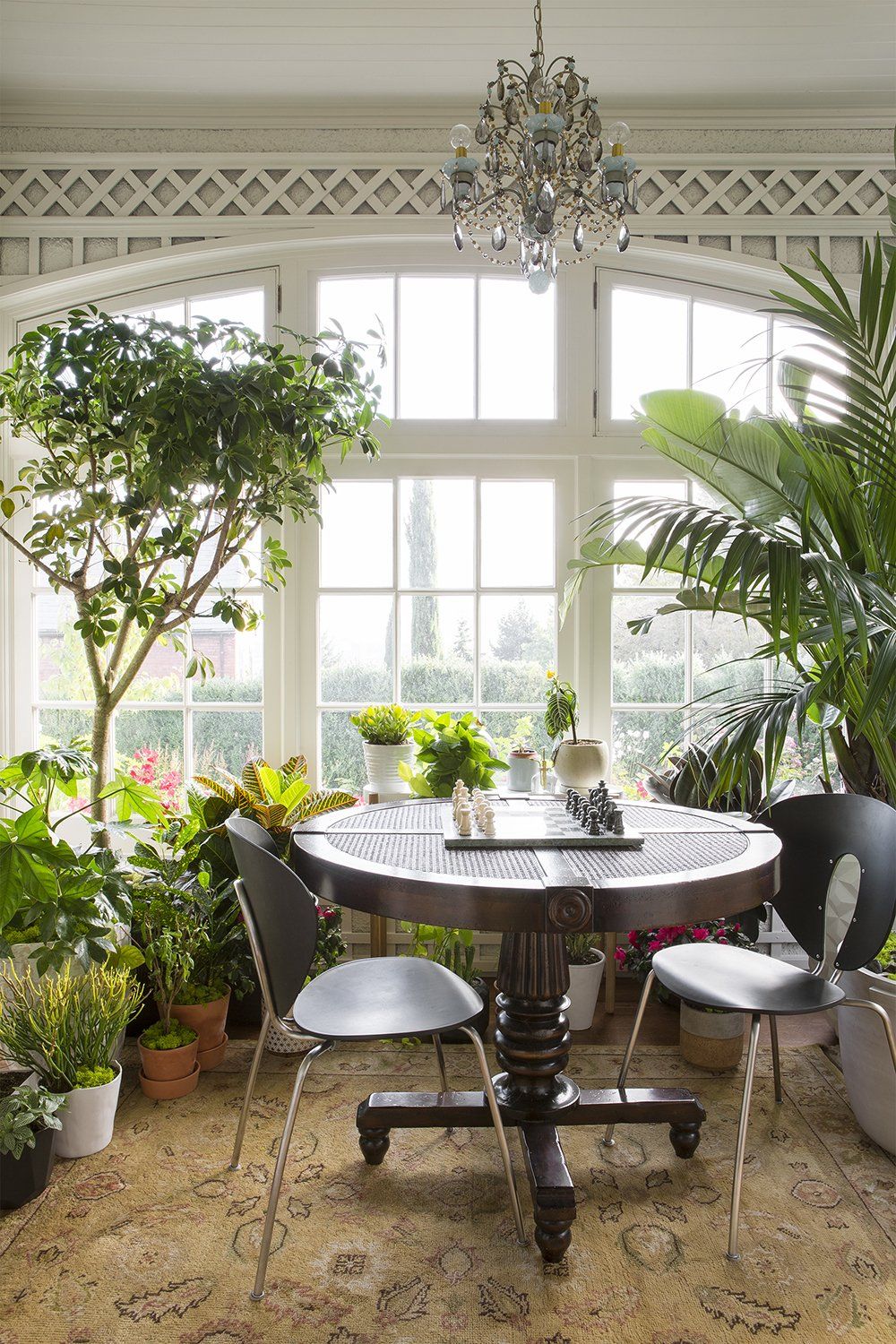
Constructing a new home creates a large carbon footprint; as not only does the manufacturing and importing of building materials burden the environment, but so too does the waste generated. If we can preserve not only our history but also our resources by renovating an old home, we are taking a step in the right direction. The most successful cityscapes are where preservation lives hand in hand with contemporary construction and park-like spaces. We see the evolution of time, invention, style and function live next door to greenspaces and grocery stores. Diversity and respect apply to architecture as much as to people.
An old house tends to belong to a mature neighborhood, a place that has been able to grow into itself over generations. It’s not just that the trees have become tall, although on a summer day that’s hard to beat, it’s that older neighborhoods tend to be better connected to mass transit options and to walkable destinations. When you’re buying an old house, often you’re also buying the opportunity to walk more and drive less. One of the hottest trends in sustainable design actually has to do with the 20-minute neighborhood. If your place of work, where you buy your groceries and where your kids go to school are within a 20-minute walk or less, you’ll tend to put a lot fewer miles on your car. And that makes your life—your carbon footprint—less of a strain on the planet than commissioning a new house from a green design and driving to get that cup of coffee.
It’s not just that old houses tend to be part of more centralized neighborhoods. It’s that these houses have a story to tell.
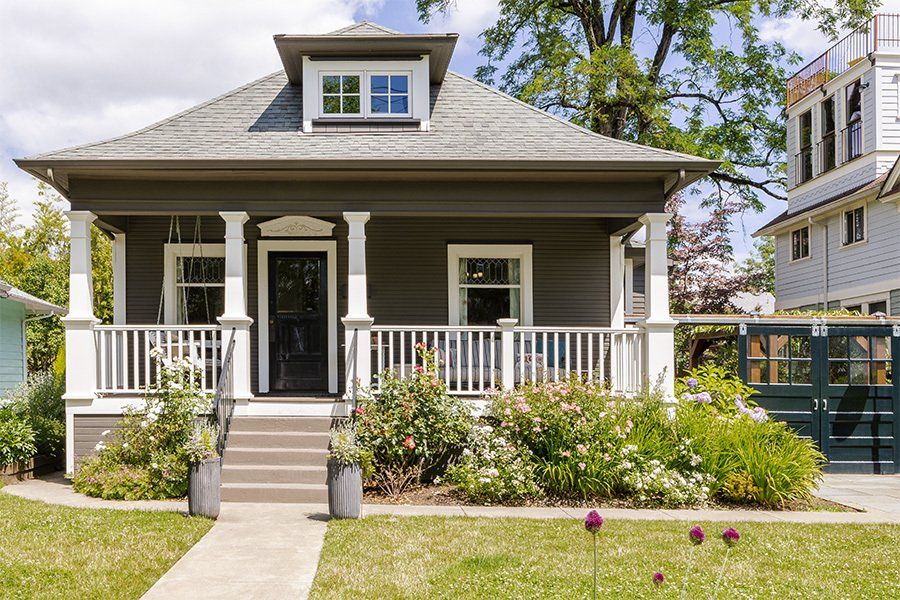
When a house has been owned and lived in by generations of people, it becomes something more precious than just a set of rooms or an amalgamation of wood and stone.
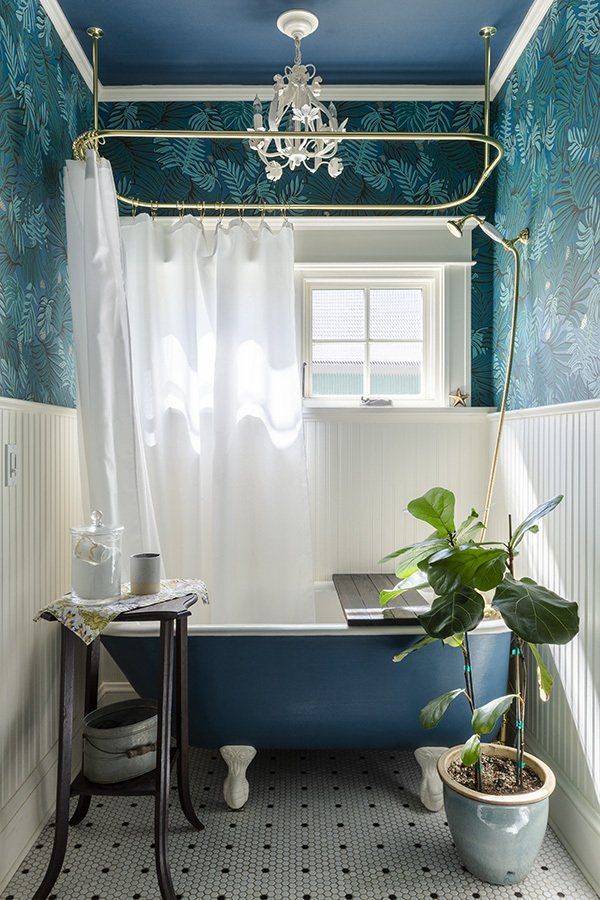
Not many old homes are so architecturally precious that you have to maintain rigid historical accuracy. What is a lasting approach, though, is to be respectful. When you purchase a house, like it for what it is. A cozy Craftsman home will never be a light and airy Colonial mansion. A 1980s-style kitchen will be torn out because it just does not fit the house. This will cause a hefty burden on the environment and your pocketbook. Make the place your own with décor easily updated when it goes out of style.
Today you can buy traditional-looking windows that look like they belong in your historic home and offer great thermal protection. Or consider that the existing windows have survived for over 100 years. A new window will likely last only 20 years and will become landfill. Curtains and storm windows might also do the trick.
You have options to insulate your attic with products that have a low carbon footprint.
Consider bookcases along drafty walls – they are beautiful, functional and provide a great insulation value.
There are efficient heating and cooling options on the market that help regulate the temperamental areas of your house. And, because older homes tend to have basements, you’ve likely been given a room in your house that can feel like it’s air-conditioned all summer long or warm all winter long without spending a penny on heating or cooling.
Think of that word sustainability for a moment. At root, the word “sustain” is all about preserving and enhancing what’s there. That’s what home renovation is all about.
See More Stories
